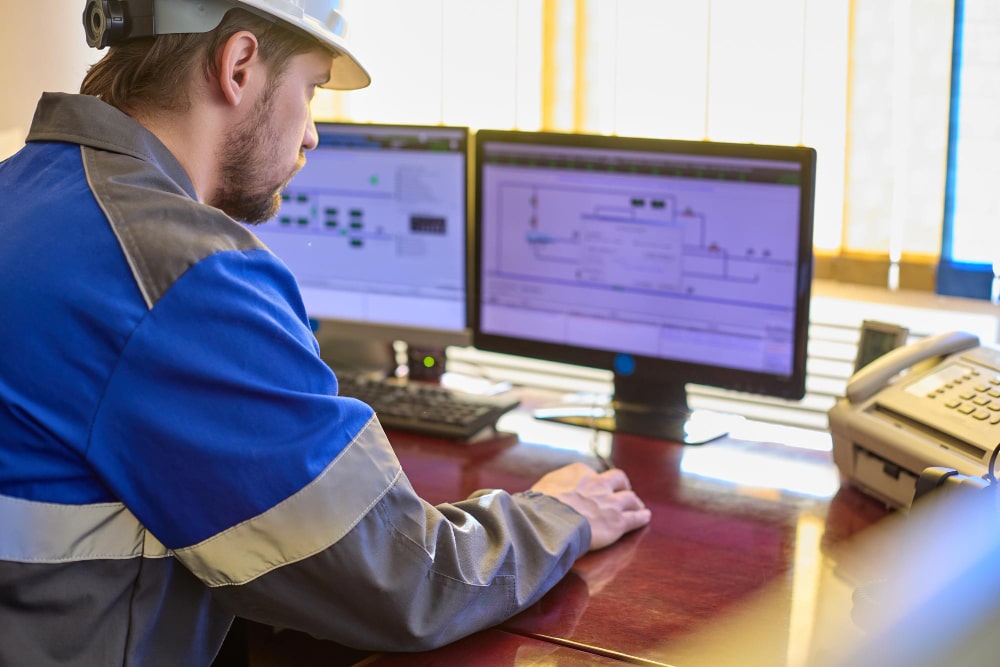Welding is a crucial process in various industries, from construction to machinery manufacturing. With technological advancements, implementing welding management software has become essential for optimizing processes, ensuring quality, and improving operational efficiency. Below are the main benefits of adopting specialized welding management software.
1. Improved Quality Control
One of the most critical aspects of any welding process is ensuring the quality of the joints. Welding management software enables the implementation of a rigorous quality control system, resulting in several advantages:
- Inspection and Monitoring: The software facilitates tracking each welding operation, from material preparation to job completion. Inspectors can record data in real time, allowing for the immediate identification and correction of any anomalies. This significantly reduces the risk of errors and ensures that each weld meets the required standards.
- Regulatory Compliance: The welding industry is subject to various regulations and quality standards. Welding management software can help companies comply with these regulations by providing accurate and accessible documentation for each welding procedure performed. This is particularly useful during audits or inspections.
- Data Analysis: Thanks to the software’s analytical capabilities, companies can generate detailed reports on the performance of welding processes. This information allows managers to identify patterns, make continuous improvements, and optimize weld quality over time.
2. Process Optimization and Efficiency
Operational efficiency is a key factor in the competitiveness of companies. Implementing welding management software can significantly contribute to process optimization, leading to more effective resource use and time and cost savings.
- Task Automation: Welding management software automates various administrative tasks, such as job scheduling, inventory management, and material tracking. This frees up time for staff to focus on more critical tasks, like overseeing the welding process and troubleshooting issues.
- Planning and Scheduling: Planning welding activities can be complex, especially in production environments with multiple ongoing projects. Specialized software helps optimize scheduling by efficiently allocating resources and avoiding delays. This not only boosts productivity but also reduces costs associated with downtime.
- Integration with Other Systems: Many welding management software solutions can integrate with other business management systems, such as ERP (Enterprise Resource Planning) and CRM (Customer Relationship Management). This integration provides a holistic view of the business, facilitating informed and strategic decision-making that positively impacts the entire organization.

3. Enhanced Management of Welding Procedures
Managing welding procedures is essential to ensure that joints are consistent and of high quality. Welding management software provides specific tools to improve this critical area.
- Documentation and Standardization: Management software allows for the clear and accessible documentation of all welding procedures. This includes technical specifications, work instructions, and acceptance criteria. By standardizing these procedures, companies ensure that all welders follow the same guidelines, reducing variability and improving quality.
- Training and Development: Implementing welding management software can also include training modules for welders. By providing education on software use and standardized procedures, companies can improve the skills of their staff and, consequently, the quality of the welds. This is especially important in a sector where skill and experience are crucial.
- Continuous Feedback: Welding management software facilitates continuous feedback on the performance of welders and welding processes. This allows managers to identify areas for improvement and provide the necessary support for staff development. Additionally, with accurate performance data, it is possible to implement incentives and recognize well-executed work.






